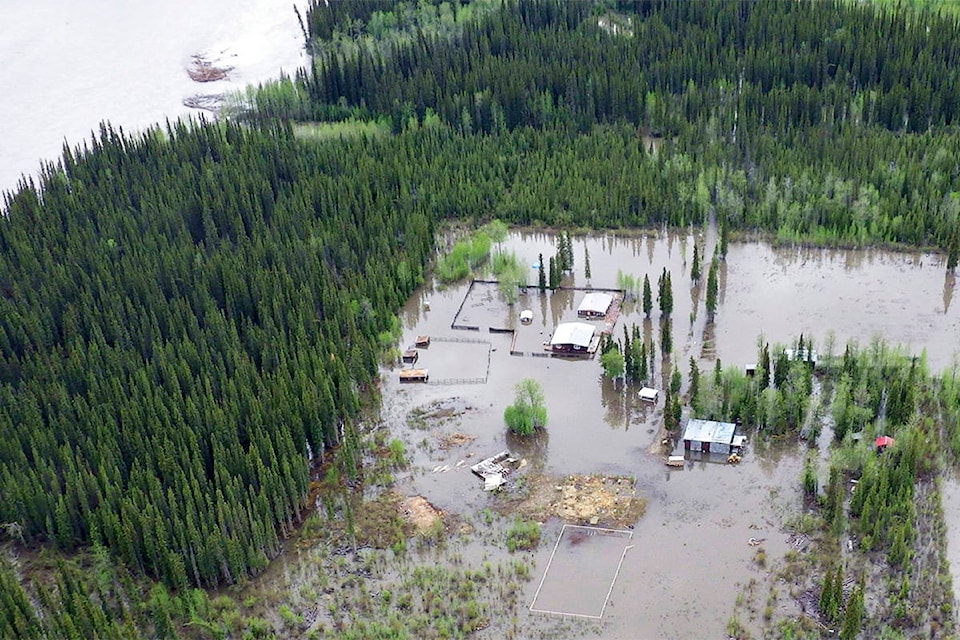The Yukon is seeing a slow start to the 2020 fire season thanks to the higher-than-normal amount of snow much of the territory received over the winter, some of which is still melting.
That same slow melt, though, is putting some communities at a higher risk of flooding due to the possibility of ice jams in nearby rivers.
That’s according to a wildfire and flood season briefing Yukon officials gave to media on April 23.
Snow is still on the mountains and on the ground in forests, Yukon Wildland Fire Management’s chief meteorologist Mike Smith said. It’s melting slowly and keeping the ground saturated, greatly reducing the risk of major flareups should anything catch, and to date, the Yukon has not recorded any fires this season.
Temperatures across most of the Yukon are expected to remain in the seasonal range into the end of spring with the exception of the northern and southernmost regions of the territory — they’re forecasted to be slightly warmer — with some light rain and snow forecasted for the rest of April.
It’s a stark contrast to last year, where a low snowpack and unusually warm temperatures saw an early melt and dry conditions that paved the way for a vicious fire season that saw air-quality warnings issued due to smoke and threatened the closure of the North Klondike Highway.
Temperatures during the summer, at this point, are forecasted to be warmer than normal, Smith said, with the Haines Junction area predicted to be particularly warm.
Like many aspects of life in the territory, COVID-19 has impacted the fire season too; Yukon Wildfire Management director Damien Burns said any crew members returning from out of territory have undergone the mandatory 14-day quarantine period.
While crews will do their best to respect physical distancing guidelines, Burns said it sometimes won’t be possible — for example, when firefighters have to travel to sites using a helicopter or truck. To help reduce the risk of anything spreading, more sanitation will take place; crews may be assigned specific vehicles instead of sharing them; and public access to bases will be limited.
Should Outside crews be called in for help, Burns said they will be stationed outside of communities and have as little contact as possible with locals. He added that Outside help will only be called in if all local resources have been exhausted; Wildland Fire currently has a full roster of firefighters, as well as a six-month-long contract with Yukon First Nations Wildfire this year.
On the flooding side, senior hydrology scientist Benoit Turcotte said Rock Creek, Dawson City and Old Crow are at particular risk this year during breakup due to the thick ice that’s still on the Yukon and Porcupine Rivers. Combined with high water levels, there’s a high risk of ice jams, with breakup on the Yukon forecasted to happen in a few days if water levels keep rising (more than a week if not) and in at least three weeks on the Porcupine.
Those three communities, as well as Upper Liard, Ross River and Pelly Crossing, are also at high risk of flooding due to snowmelt, with Mayo, Carmacks, Teslin, Marsh Lake and Lake Laberge at moderate risk.
Contact Jackie Hong at jackie.hong@yukon-news.com
